I recently wrote, How much does a store cost on Shoper . Today I’m going deeper into the topic – this article is for everyone who already has a store on this platform and wants to position it. It’s up to you whether you undertake SEO on Shoper yourself or leave it to a professional.
Learn the basics of SEO on Shoper
We start, of course, with the basics, which many people can handle on their own.
Meta tags
Meta title , or page title, displays in two places:
- In Google search results:
- In the browser bar:
It should not be more than 50-70 characters with spaces.
Stay up to date with SEO news!
Sign up for the newsletter
You can enter the meta title manually for each subpage or use Shoper tags for SEO. You can find them under Settings > Advanced > SEO > Basic Settings. You will select the variables individually for each section (Home, Product Card, Product List – Categories, Product List – Manufacturer, Blog, Product List – News, Product List – Promotions, Product List – Collections). In the case of a blog, you have variables to choose from such as:
- {shop_name} – store name,
- {seo_title} – page title,
- {seo_description} – site description,
- {seo_keywords} – Keywords,
- {blog_article_name} – title of entry,
- {blog_article_short_description} – abbreviated entry content,
- {blog_article_categories} – entry categories,
- {blog_article_tags} – tags for entry,
- {blog_category_name} – category name,
- {blog_tag_name} – TAG NAME.
This way, when you type in the tags {blog_article_name} {shop_name}, the example title will read “How to wash white bedding? twojsklep.pl “.
Meta description displays in search results. It doesn’t directly affect SEO, but if the description is well-written, it improves CTR, and this already increases visibility. You can configure Description in the same way as meta title, but you can also enter it manually, especially since it is short – maximum 160 characters with spaces.
To set a title, description or friendly address on a category subpage, expand the Positioning section at the bottom of the page and enter the title, description and address there. Here you will set this individually for a specific category.
SSL Certificate
It’s already a staple, without it Google flags the site as unsafe for the user. The good news is that stores on Shoper automatically have SSL certificates. If you are using your own domain, you can buy the SSL certificate on Shoper for 89 PLN per year (price at the end of September 2022).
Google Sitemap and Robots.txt
In order for Google to index your site, you need to add a sitemap (Google Sitemap) to Google Search Console. You can find the map under Settings > Advanced > SEO > Google Sitemap.
Also important is the robots.txt file, which can be used to block indexing robots from accessing specific subpages or directories. In Shoper, the positioning of the store does not include the shopping cart, registration or customer panel – this is how the robots.txt file is configured. If you want to block access to other subpages, you have to do it yourself.
Ready to grow?
Friendly URLs
The default URLs are not very user-friendly (e.g., yourjsklep.pl/en/c/buty-czarne/13). One of the important elements of SEO on Shoper, therefore, is to set up friendly URLs (e.g..yourjsklep.pl/shoes-black). You can do it manually just like when setting meta title and meta description. With each blog article, etc., just expand the Positioning tab:
You can also use the app to create friendly URLs. You can find it under Add-ons and integrations > Applications.
When you change your address, be sure to redirect the old address to the new one. To do this, select Settings -> Advanced -> Redirects from the side menu.
Hierarchy of headings
The H1 header is the title of the page – you can only put one on each subpage. It should be unique (different on each subpage). By default, on Shoper, the H1 header is the name of the category or product. So in blog posts and product and category descriptions, you can only include H2, H3 and lower headings, of which there can be many on a single subpage. There must always be a higher header above the lower one.
To edit the header on the homepage, you need to go to Appearance & Content > Store Appearance > Current Graphic Template > Advanced Edit and edit the header in html mode.
Category and product descriptions
In addition to setting meta tags and friendly URLs, it’s also a good idea to complete product and category descriptions. It is best to include keywords and H2 headings. The most important thing is that each description should be unique – better not to copy from the manufacturer’s website. Even if one product is available in several versions, it is worth describing each version separately.
Category Description:
Product Description:
Blog articles
If you have a little more time (or can afford to hire a copywriter), it’s worth keeping a company blog. You will publish your entries via Appearance & Content > Blog > List of entries. It is worth enabling activity, setting the URL and meta tags. In blog posts, you can also include keywords and internal links, for example, to related products and categories.
ALT attributes
You also need photos to present the offer. Unfortunately, Google’s robots don’t have eyes so to understand what the graphic represents, ALT attributes (alternative image descriptions) come in handy. All you have to do is enter the product edition and select the Gallery tab. Then you can edit the description of the photo:
Redirects (301)
Deleted sub-pages have potential too! It’s a good idea to set up 301 redirects, so that a user trying to access a deleted subpage will be redirected to another one with a similar theme (traffic from the old link will be redirected to the new one). You will add 301 redirects under Settings > Advanced > Redirects. Remember to do this before completely deactivating or deleting the old subpage. It looks analogous to when the site is redirected to a friendly URL.
Canonical URLs
With canonical tags, regardless of the view, the user will be shown the same address (rather than, for example, twojsklep.co.uk/shoes/name, twojsklep.co.uk/shoes/desc or twojsklep.co.uk/shoes/full) when entering the site. This way, Google will index one URL instead of considering different URLs as duplicate content.
Do you have a store on Shoper? Positioning shouldn’t be a problem, as the platform is pretty well tuned for SEO. To begin with, try to make at least some of the changes – full optimization will take time.

















